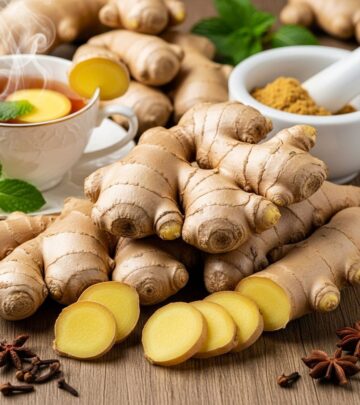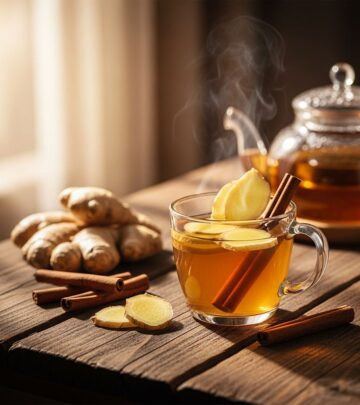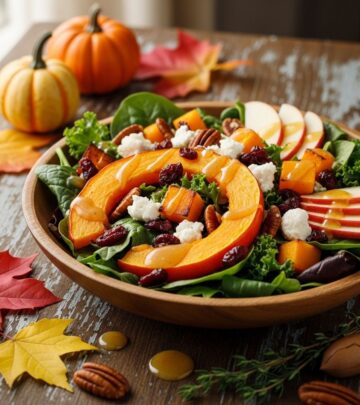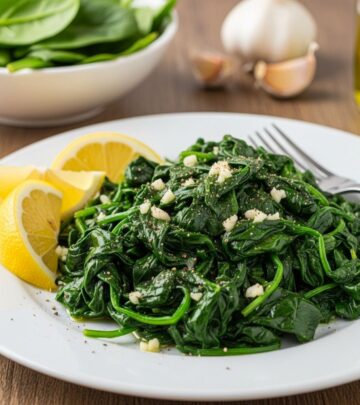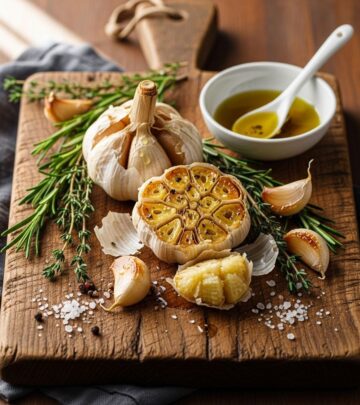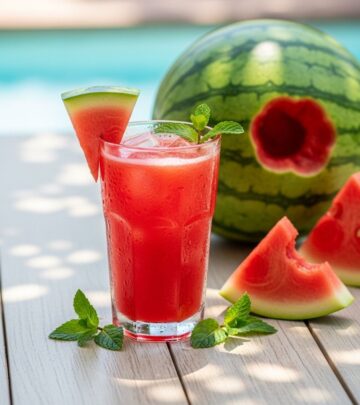How to Make Green Beer for St. Patrick’s Day: The Classic Party Drink Guide
Elevate party menus with a simple color hack that brings emerald cheer to every drink.
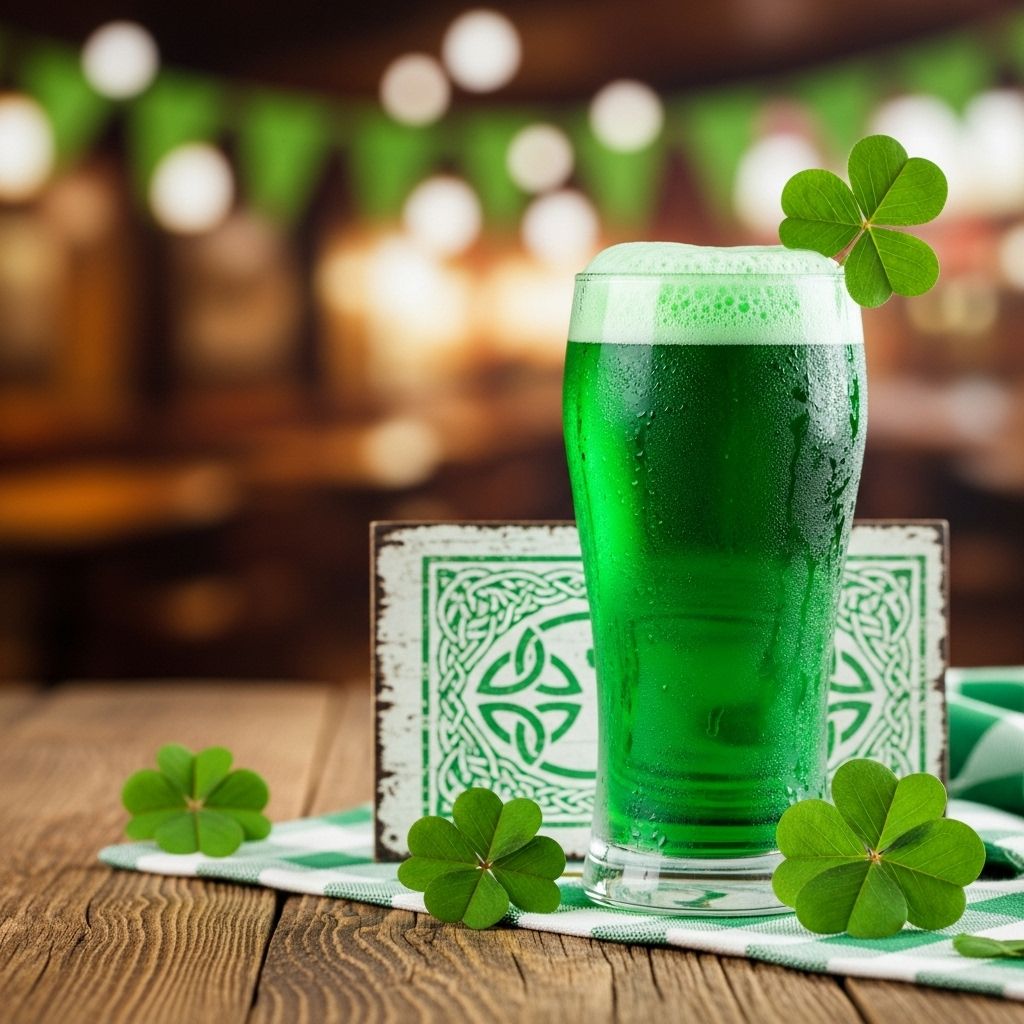
How to Make Green Beer for St. Patrick’s Day
Every year, as St. Patrick’s Day approaches, homes and pubs across the U.S. prepare to raise a glass imbued with the vibrant spirit of green beer. This festive custom instantly transforms simple brews into colorful, emerald-hued drinks, perfect for party tables, parades, or a cozy evening in. Just two ingredients, under five minutes, and you’ll be serving up a beloved tradition—here’s how to achieve that unmistakable St. Paddy’s magic at home.
Table of Contents
- What Is Green Beer?
- Choosing the Best Beer for Green Beer
- Does Green Beer Taste Different?
- How to Make Green Beer Without Food Coloring
- Ingredients
- Directions: Step-by-Step Guide
- Tips & Serving Suggestions
- St. Patrick’s Day Food Pairings
- Frequently Asked Questions
What Is Green Beer?
Green beer is simply light beer tinted a festive green using a few drops of food coloring. This playful tradition takes center stage every St. Patrick’s Day, adding a splash of Irish charm to celebrations both big and small.
The custom traces its roots back to 1914, when New York City’s Dr. Thomas H. Curtin first dyed beer green for a St. Patrick’s Day party at his local club. The quirky idea struck a chord and quickly spread, becoming one of America’s most recognizable March traditions. While its home is the United States, green beer has never been widely embraced in Ireland, where dark stouts, like Guinness, remain the drinks of choice for the holiday.
Choosing the Best Beer for Green Beer
Not all beers are equally suited for this festive transformation. Here’s what to keep in mind:
- Light-colored beers work best: Pale lagers, pilsners, pale ales, and wheat beers allow the green hue to pop. Their translucent nature offers the ideal canvas for food coloring.
- Irish vs. non-Irish beers: While any beer will do, using an Irish-style lager or ale, such as Harp, lends extra authenticity to your glass.
- Avoid dark beers: Stouts and porters, with their deep brown hues, won’t display the green tint. The result with food coloring will be murkier and less appealing.
| Beer Type | Ideal for Green Beer? |
|---|---|
| Pilsner | Yes |
| Pale Ale | Yes |
| Lager (light) | Yes |
| Wheat Beer | Yes |
| Stout / Porter | No (too dark) |
Pro Tip: For variety, try a craft pilsner or an imported Irish lager as your base.
Does Green Beer Taste Different?
Green beer tastes just like regular beer. The classic recipe uses only food coloring, which is tasteless and odorless. There’s no difference in flavor, carbonation, or strength. If you’re after a new flavor—think cocktails or Irish coffee—you’ll want to try other St. Patrick’s Day drinks instead.
How to Make Green Beer Without Food Coloring
Prefer a more natural approach? You can skip commercial dyes and use wheatgrass juice instead. Add a tablespoon of fresh wheatgrass juice to your glass before pouring in the beer. Wheatgrass, available at juice bars or health stores, will create a vivid green similar to food coloring—but be aware it’ll also impart a grassy, earthy flavor to your pint.
Other natural alternatives include:
- Spirulina powder (for a subtler green and boost of antioxidants)
- Matcha (green tea) powder—though this will heavily alter the flavor profile
Note: Natural colorings may create sediment and cloud the beer slightly, and can introduce new flavors.
Ingredients: What You’ll Need
- 12 oz. (355 mL) of light beer (pilsner, lager, pale ale, or wheat beer)
- 2–3 drops green food coloring (adjust for desired intensity)
Directions: Step-by-Step Guide
- Add food coloring to the glass: Start with one to two drops of green food coloring in the bottom of your pint glass. This ensures even mixing.
- Pour in the beer: Slowly pour your light beer over the coloring. The motion helps blend the color throughout the drink.
- Stir gently if necessary: If the color looks uneven, stir carefully—avoid vigorous movement, which dissipates the foam. Use a bar stirrer or a slim utensil.
- Adjust color: If a deeper green is desired, add an extra drop of food coloring and stir gently again.
- Serve immediately: Enjoy your festive brew on its own or alongside classic Irish fare!
Quick Reference Table
| Step | Description |
|---|---|
| 1 | Add 1–2 drops of green food coloring to the glass. |
| 2 | Pour the beer slowly over the coloring. |
| 3 | Stir gently if the green is uneven. |
| 4 | Add another drop if necessary to reach your preferred shade. |
| 5 | Serve and enjoy! |
Tips & Serving Suggestions
- Always use a clear glass or mug for maximum visual impact.
- Add the food coloring before pouring the beer for the most consistent color.
- Avoid paste food coloring, as liquid form blends easiest into beer.
- Serve immediately—over time, foam can diminish, slightly altering the vibrant appearance.
- Garnish with a shamrock-shaped lime wedge or fresh mint for a festive flourish.
St. Patrick’s Day Food Pairings
Green beer shines brightest when paired with classic Irish or Irish-American dishes:
- Corned beef and cabbage: The ultimate savory companion, rich and satisfying.
- Irish soda bread: Toast and serve with butter alongside your pint.
- Reuben sandwiches: Gooey, tangy comfort food that pairs well with a cold beer.
- Irish nachos: Potato slices topped with cheese and bacon—ideal for sharing.
- Green desserts: From cupcakes to shamrock-shaped cookies, the more emerald, the better!
More St. Patrick’s Day Drink Ideas
- Irish coffee (whiskey, coffee, and cream)
- Shamrock shakes (for a non-alcoholic alternative)
- Irish Mule (Irish whiskey, ginger beer, and lime)
- Naturally green cocktails (with lime, mint, or cucumber)
Frequently Asked Questions (FAQs)
Q: What’s the history behind green beer?
A: The first recorded green beer was served in 1914 by Dr. Thomas H. Curtin in New York. Since then, it became a festive American tradition. In Ireland, the custom only exists in tourist settings.
Q: Will my green beer taste odd if I use food coloring?
A: No. Pure food coloring is tasteless and does not affect the beer’s flavor or aroma at all.
Q: How many drops of food coloring for the perfect green?
A: Start with 2 drops for a faint shade, or 3 for a deep emerald. Add incrementally—more drops intensify the color but can eventually alter the beer’s clarity.
Q: Can I use blue or yellow coloring instead?
A: Technically, yes. Beer already has yellow tones. Blue food coloring plus yellow beer yields green as well, but green coloring is simplest and most vibrant.
Q: Is there a way to make green beer without dye?
A: Yes—wheatgrass juice is a safe, natural substitute, but it will affect flavor. Spirulina or matcha work too, though matcha’s taste is distinctive.
Q: Can I make a pitcher of green beer ahead of time?
A: It’s best to make green beer fresh for each serving. The foam and color are brightest freshly poured.
Q: Will food coloring stain my glass?
A: Standard liquid food coloring does not stain glass. Rinse glasses after use for easy cleanup.
Q: Are there health considerations with food coloring?
A: Food coloring is considered safe in normal amounts, but natural options are available for those with sensitivities.
Celebrate Safely—And Wear Green!
Green beer is more than just a drink—it’s a visual celebration of camaraderie and Irish-American tradition. Whether you follow the classic two-ingredient method or opt for natural colorings, serving green beer will ensure your St. Patrick’s Day party is memorable and full of festive cheer. Just remember: a responsible toast is the best kind. Sláinte!
Related Reading for St. Patrick’s Day
- Famous Irish Actors and Actresses
- How to Wear a Claddagh Ring
- Reuben Sandwich Recipes
- Popular Irish Baby Names
- More Emerald Green Drinks and Desserts
- Irish Appetizers and Main Course Ideas
- Slow Cooker Corned Beef
- Jokes and Traditions for St. Patrick’s Day
References
- https://www.thepioneerwoman.com/food-cooking/recipes/a35229705/how-to-make-green-beer/
- https://mixthatdrink.com/how-to-make-green-beer-leprechaun-style/
- https://www.thepioneerwoman.com/food-cooking/meals-menus/g63602026/green-drinks/
- https://www.thepioneerwoman.com/food-cooking/meals-menus/g38772971/st-patricks-day-green-food-recipes/
- https://www.thepioneerwoman.com/st-patricks-day/
Read full bio of Sneha Tete

